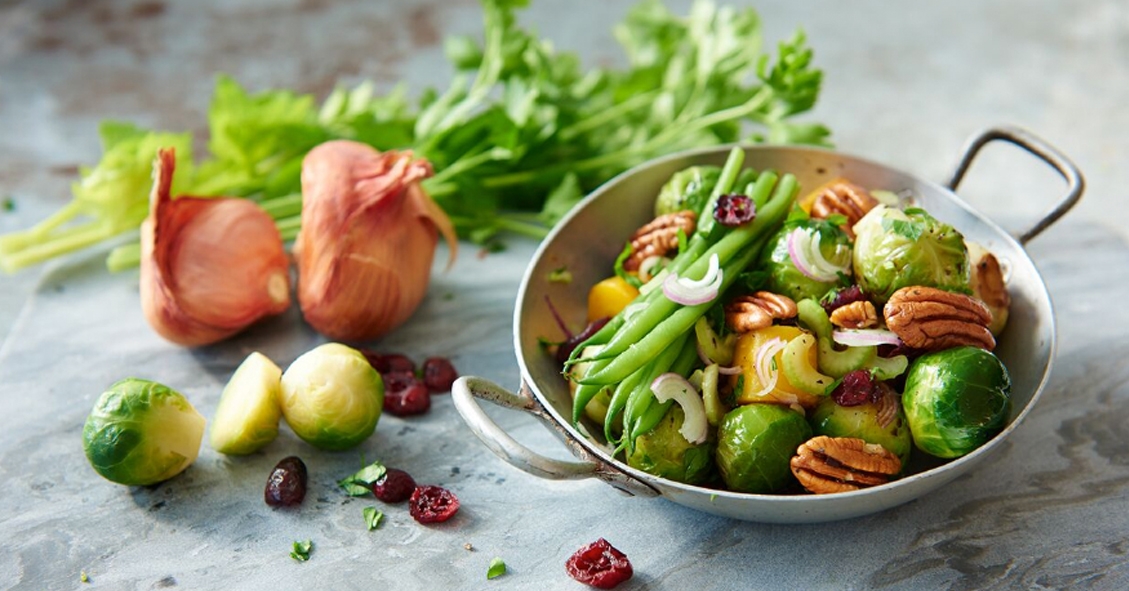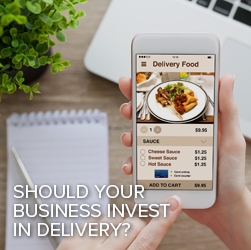
Understanding the fast-casual boom
Foodies have been one of the key drivers of trends in the food industry, and the current fast-casual boom is no exception. As with any industry, it's all about supply and demand. If there's a demand for a certain item or style, whether it's food or fashion, the industry will respond in kind.
Fast-casual is actually nothing new. This trend has been around for a couple of decades. However, in recent years fast-casual dining has morphed into everything from order-at-the-counter restaurants with no table service to sit-down eateries.
The term "foodie" itself is more accessible and approachable than its previous moniker of "gourmet" or "gourmand." So, too, is the concept of fast casual. It makes a gourmet experience much more attainable for the masses.
The lower price points mean that diners also will visit fast-casual establishments more frequently than their higher-priced counterparts. That's good news for restaurant owners, who can count on repeat business.
The fast-casual boom is a boon for chefs. They get the chance to experiment in the kitchen, pairing flavors in ways they never did before.
If there's any indication this trend has staying power, it's the fact that professional chefs are jumping on the bandwagon (or should we say food truck?). Dennis Friedman, José Andrés and James Beard Award–winner Donald Link, have all opened fast-casual spots.
In the fast-casual space, farm to table is a trend that can't be ignored. This also offers restaurateurs the chance to offer and diners the chance to try a wide variety of menu items. Because farm-fresh food is seasonal, menus can change monthly, weekly or even daily. Our line of IQF vegetables is available year ‘round and at a consistent price compared to other options. View our line here.
Ethnic foods are also very popular, although you'll lose "cred" (credibility) with Generation Z (born in 1997 or later) if you refer to it as such. For younger diners, ethnic food is simply what they eat. They favor cuisines such as Korean and Vietnamese over Southern or barbecue. Yucca Fries, originating from South America, can be used as ethnic alternative to traditional fries.
Of course, healthy eating is here to stay. Brussels sprouts, the oft-maligned vegetable from our childhood, is now enjoying a revival. And veggies such as artichoke hearts are turning up on flatbreads, in appetizers and everywhere else.
Another factor that speaks to the popularity of fast casual is time — or the lack of it. Ours is a fast-paced society. People run from their homes to the office to the gym to kids' activities and more. The ability to grab a quick meal that's not your typical burger and fries is appealing on a multitude of levels. To offer meals quick but not sacrifice quality, consider using low prep frozen, pre cooked grains and rice as well blanched and grilled vegetables
If you're thinking about opening a fast-casual eatery, keep in mind that competition is stiff in terms of locations. For established traditional restaurants, it might be wise to start slower. Offer gourmet takeout or an express lunch menu with items not found on your regular menu.
However, overhead is lower for fast-casual restaurants. So, while you may pay more for a prime location, you could make up for the high rent with lower operating costs, increased traffic and repeat traffic.
While fast-casual restaurants still make up only about 8% of the restaurant industry’s sales, this segment continues to grow by double digits. So if you're considering making the move or already have done so, the statistics are in your favor.


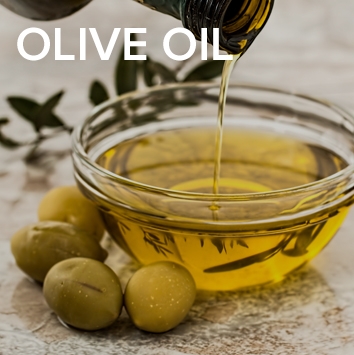
 Condiments
Condiments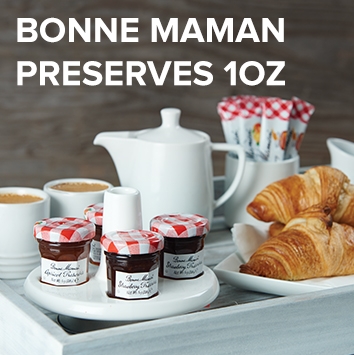
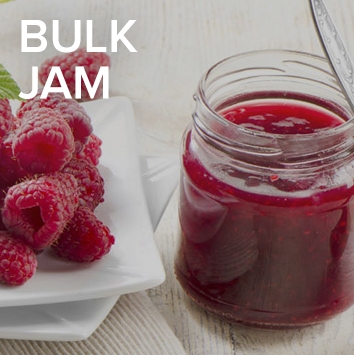
 Jam & Jellies
Jam & Jellies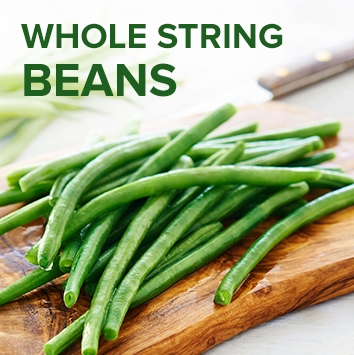
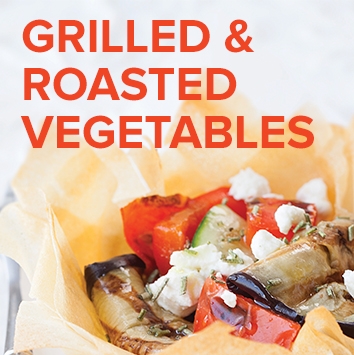
 Vegetables
Vegetables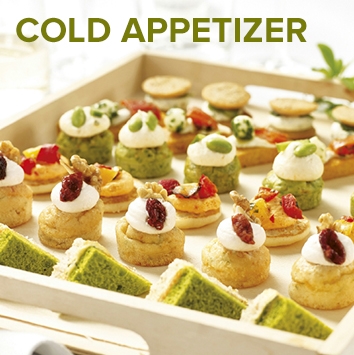
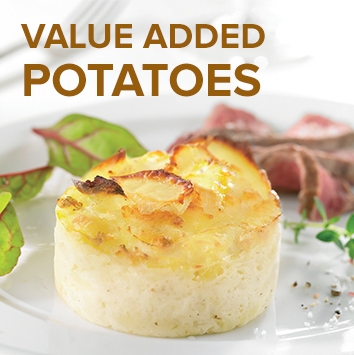
 Sides & Appetizers
Sides & Appetizers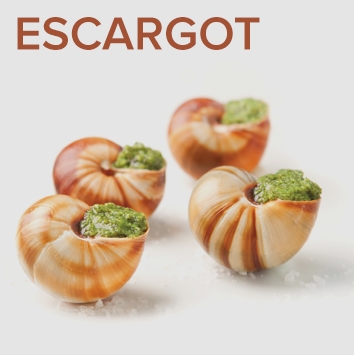
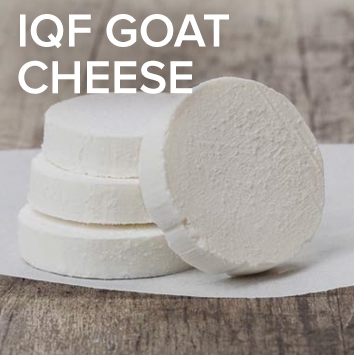
 Cheese & Specialty
Cheese & Specialty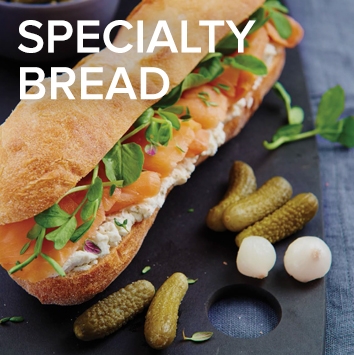
 Breads
Breads
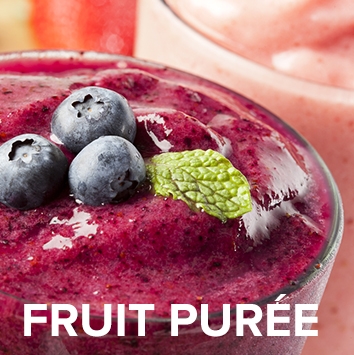
 Pastry Ingredients
Pastry Ingredients
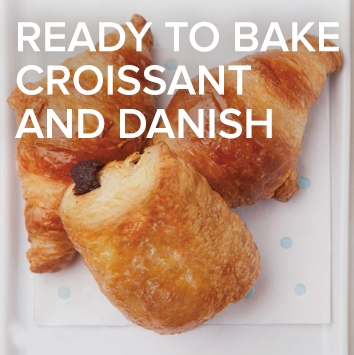
 Dough & Pastry
Dough & Pastry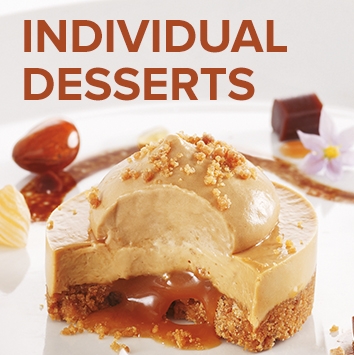

 Desserts
Desserts